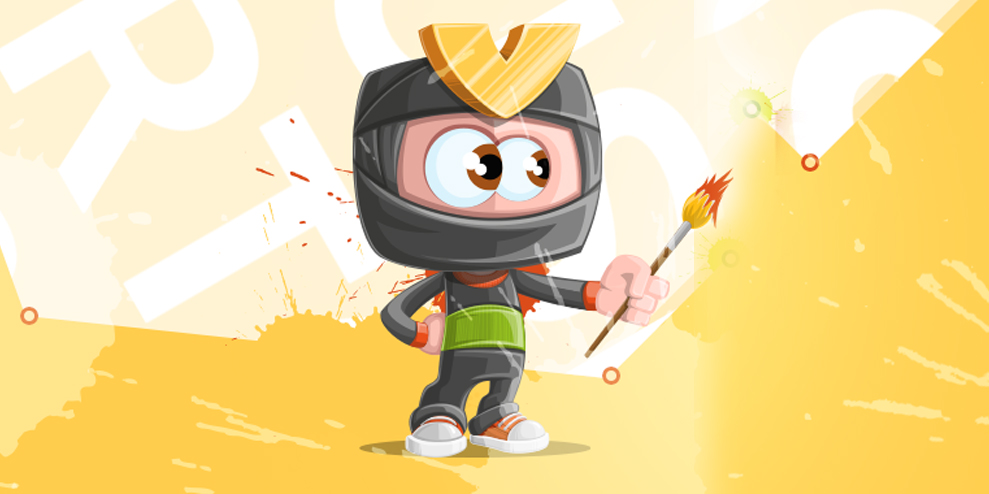Brands using “cute” spokescharacters must also consider the language they deploy and the nature of their consumer relationships to achieve the best results, a study in the Journal of Advertising Research (JAR) has argued.
Why it matters
Anthropomorphized characters, which take on human traits, are a unique way to embody a brand’s personality and values. But they must be part of a holistic strategy to deliver the maximum impact.
Takeaways
Some of the JAR study’s insights regarding “cute” anthropomorphized spokescharacters were:
- They can enhance associations of “warmth” if consumers perceive a brand as “communal” – that is “kind”, “responsive” and “genuinely concerned for the welfare of others”.
- Cute characters are not a good match for direct and assertive language, as the warmth of the former is offset by the transactional nature of the latter.
- Where consumers display “persuasion knowledge”, the “perceived sincerity of a cute character might be discounted” if the mascot is seen as a tool for persuasion, not for genuine warmth.
How the research was conducted
Three rounds of research compared the impact of anthropomorphized characters – a panda, bird, and big cat respectively – that were designed to be “cute” or “mature”. Each round of analysis also compared the impact of using “assertive” language (for example, that “you must choose” a product) and non-assertive language (for instance, “please try” a service).
How anthropomorphized brand spokescharacters affect consumer perceptions and judgments: Is being cute helpful or harmful to brands? was written by Chun-Tuan Chang (National Sun Yat-sen University), Xing-Yu (Marcos) Chu (Nanjing University Business School) and Shih-Ting Kao (Unilever Food Solutions, Shanghai).
This article first appeared in www.warc.com


